We entered into the cathedral through the little door on the right of the main door from the west side.
There is a quadrangle and we enter from the north west corner. The quadrangle is surrounded with a walkway with these absolutely beautiful delicate tracery of pillars. 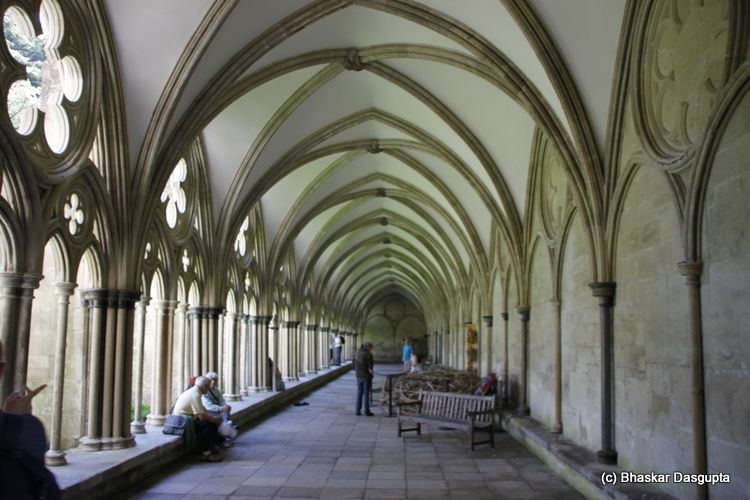
The roofs are beautifully arched. 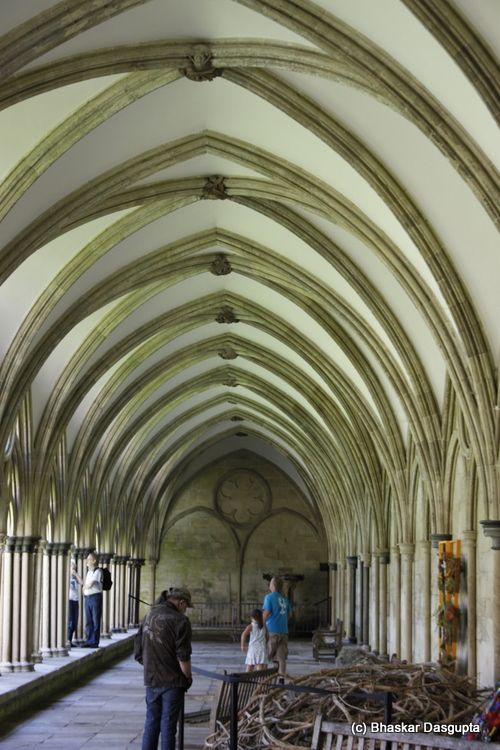
There is a pile of what looks like creepers. Not sure what this is all about.
Then we turn into the entrance and this beautiful etched glass welcomes you. 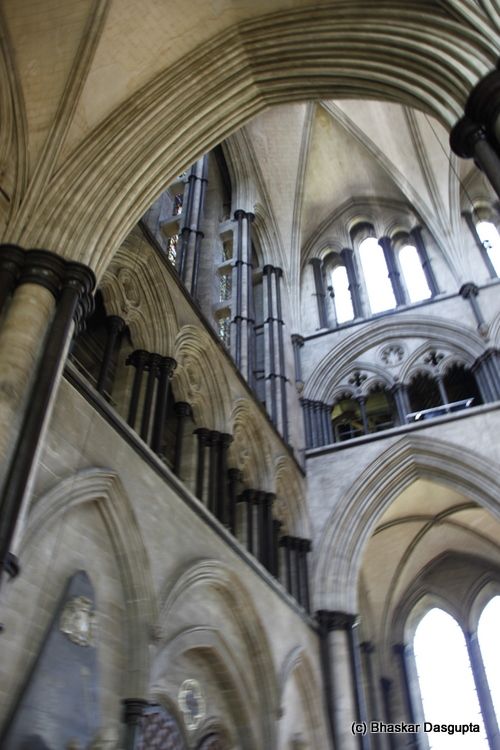
Moving into the church proper after paying for the tickets. 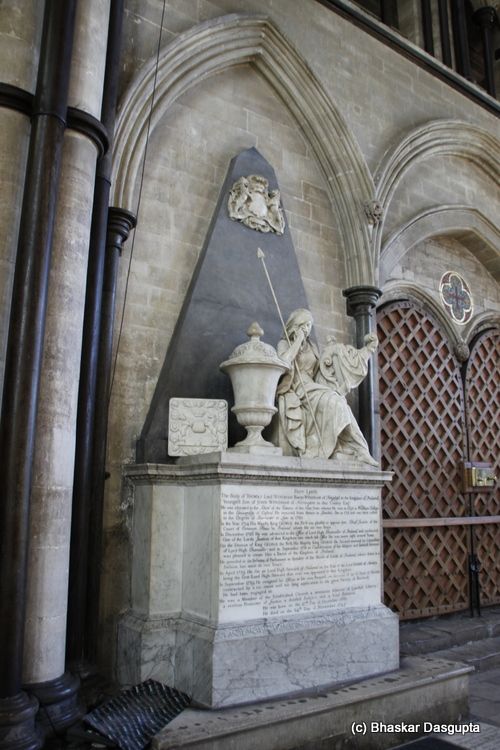

A seriously ornate tomb of Thomas Lord Wyndham who died 24/11/1745. There is a vase, couple of statues, couple of plaques and a whole bio carved into the plaque on the front. Very interesting olde english being used. 
Looking up the cathedral. 

The soaring arches, the curves are just so ever pleasing. 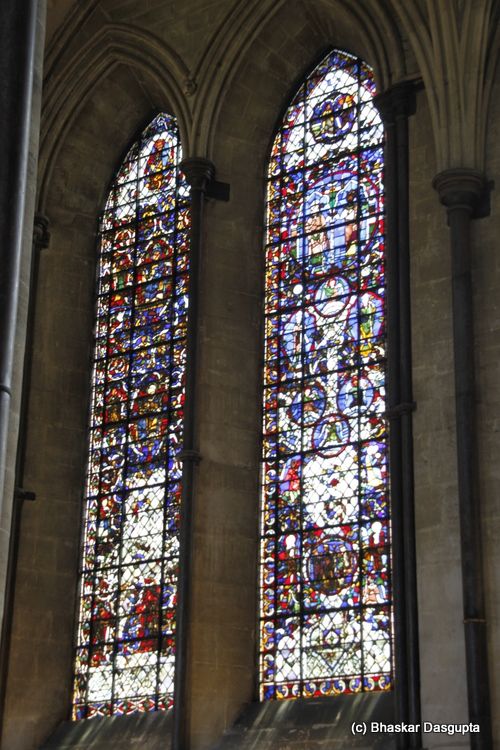
Giant tall windows with stained glass. 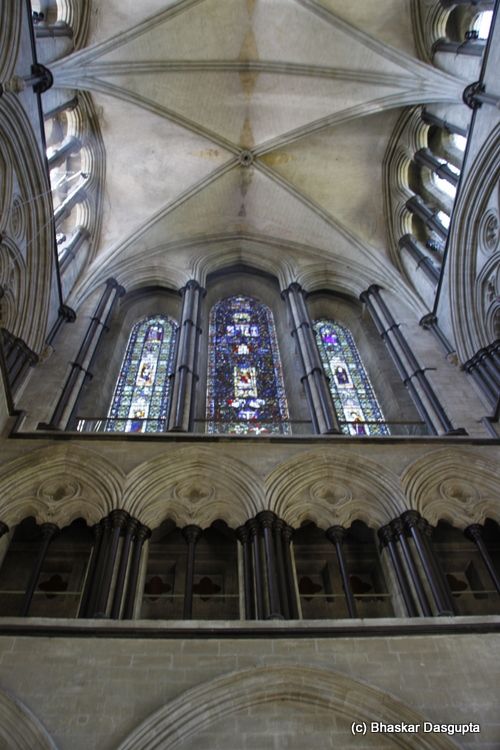
Looking up way way up at the roof. 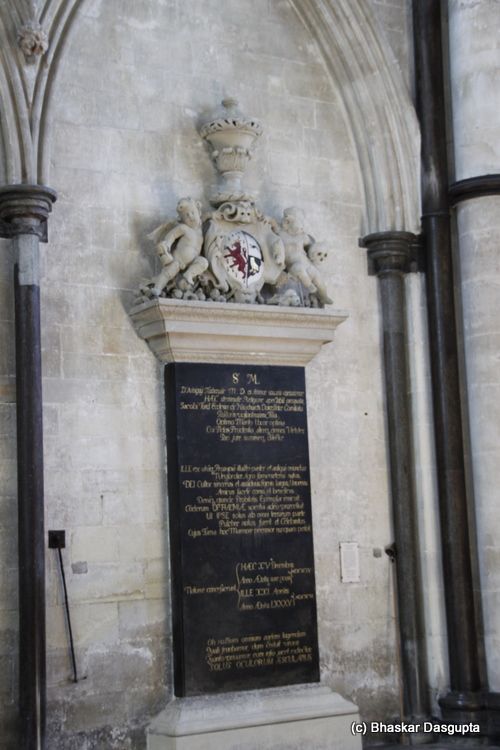
Not sure what this is, the Latin inscription is pretty much Greek to me, if you excuse the pun. 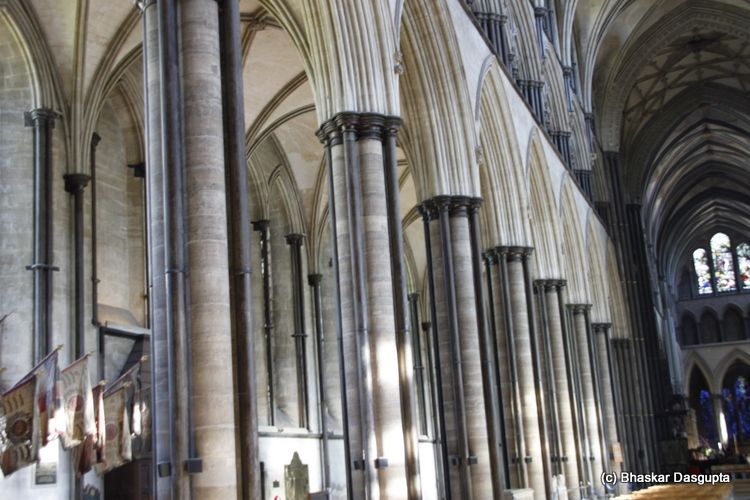
The left hand side of the cathedral. Each of the pillars have these further supports surrounding them with a kind of a collar at the top on which the arches start to form. 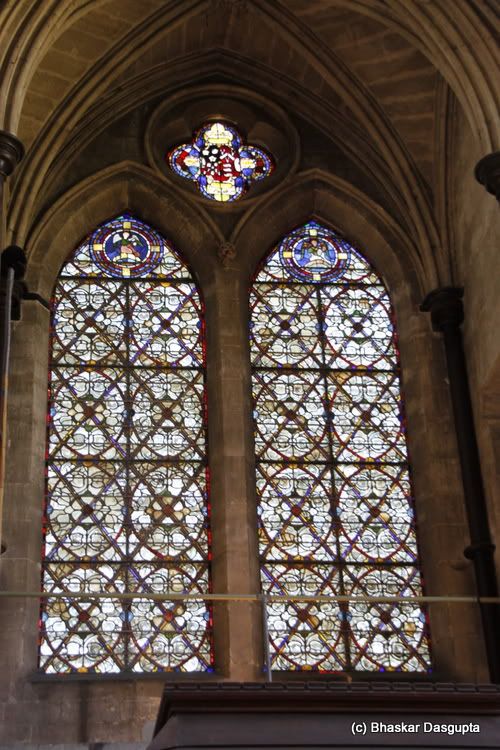

Another lovely set of windows window. But the rather ornate metal work hides the beauty of the stained glass. 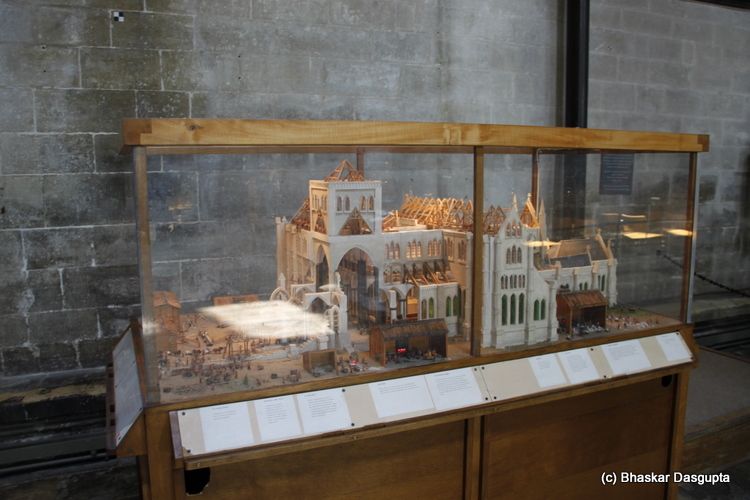
A wooden model of the cathedral under construction. 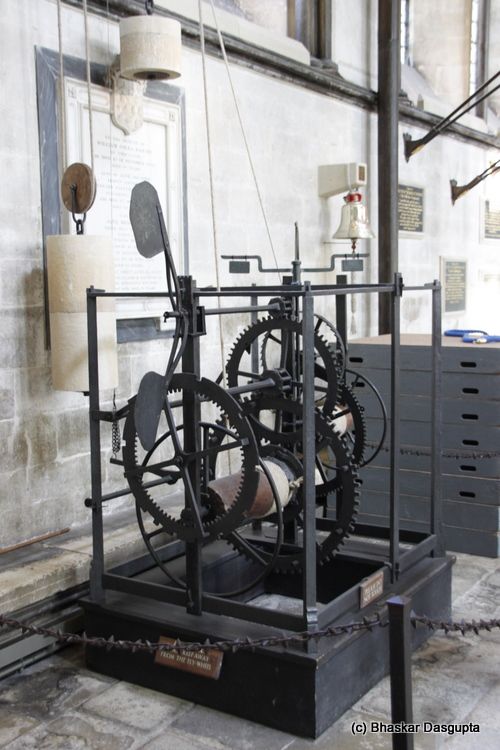
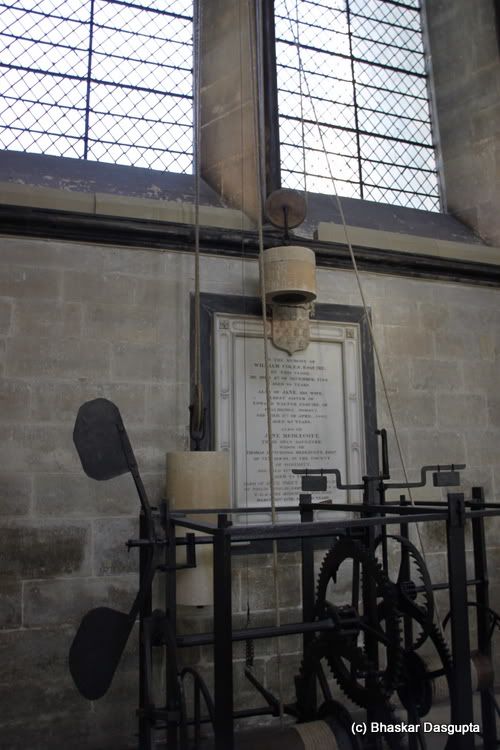
This is the oldest working clock in the world, made around 1396. No face, but it struck the hour on a bell. The clock runs on the basis of these round stone weights hung on the ropes. Fascinating stuff. 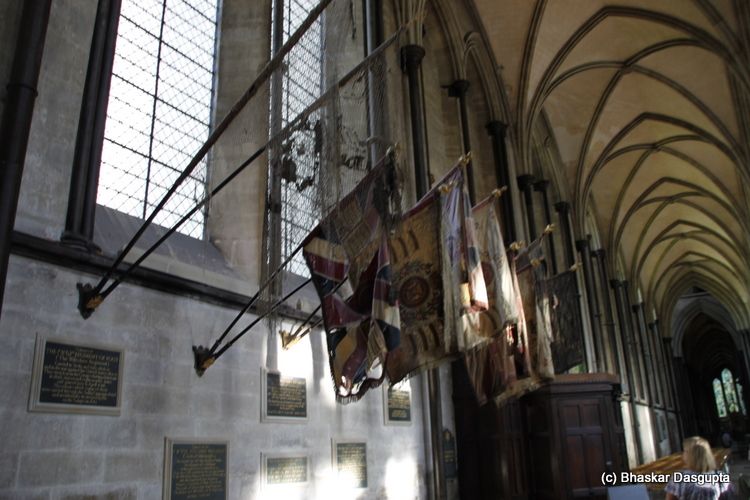
There are these ancient war banners of the Wiltshire Regiment. Quite a range of campaigns which are noted on the plaques below each. The one on the left was destroyed on the Ganges in 1847 due to fire. The next one down was presented by the Indian Viceroy at Bangalore in 1939. Many other regiments were amalgamated into this regiment. 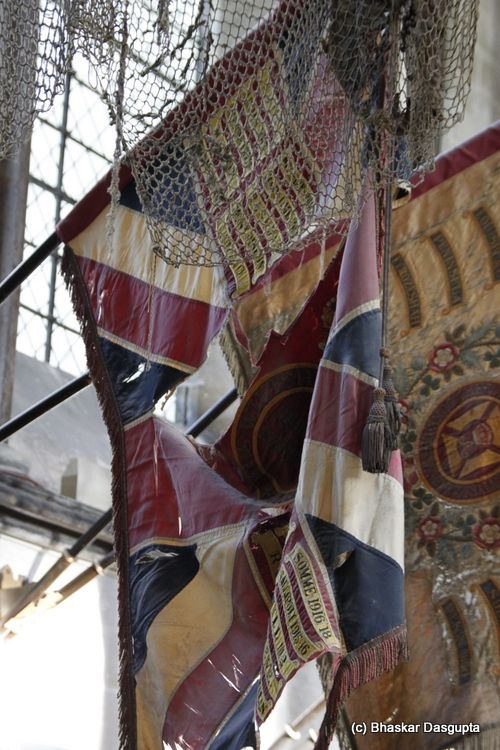
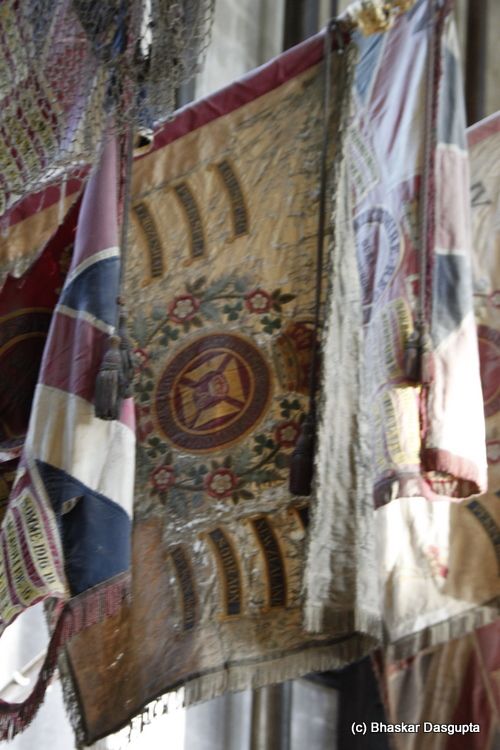
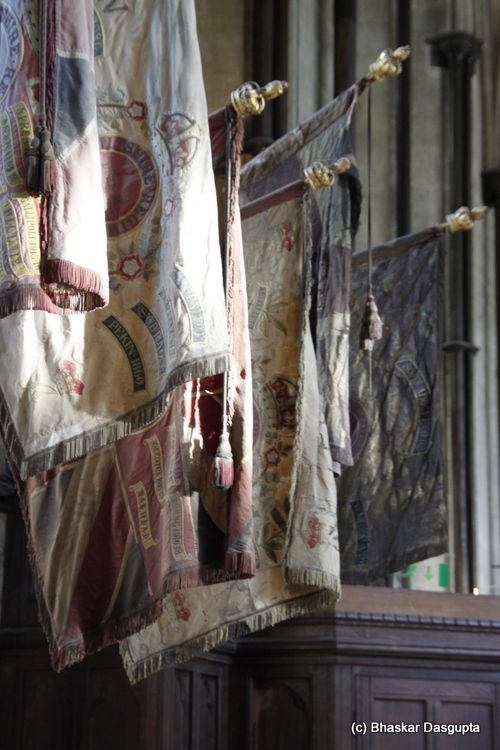
Brave men served underneath these colours. Salutations.
There are graves which line the walkway on the left hand side, separating the central structure with the chairs and the left hand side. 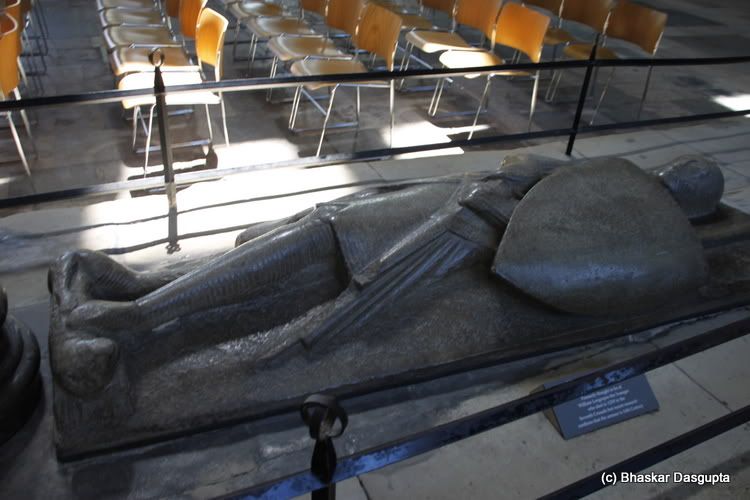
A tomb of an unknown warrior, 14th century. 
First thought to be a grave of a boy bishop of the 13th century, its now considered that this might contain the heart of the Bishop who founded this cathedral. 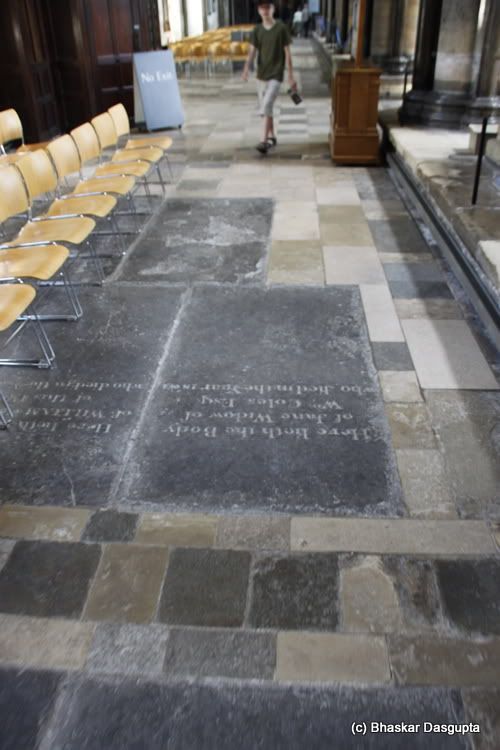
The flagstones are also interspersed with gravestones. 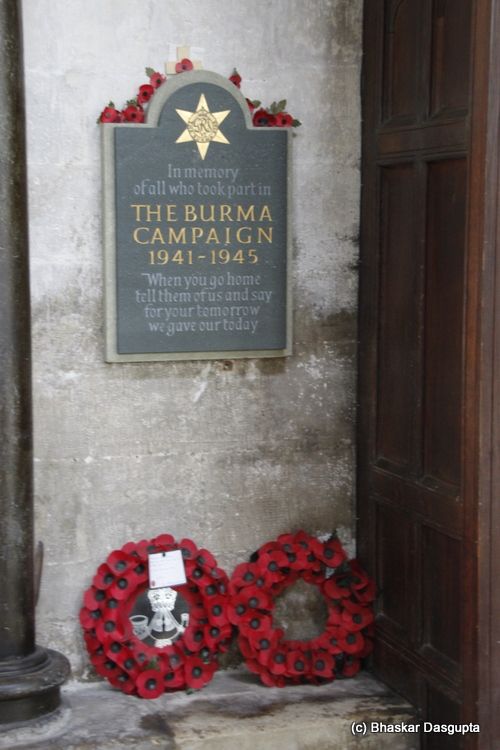
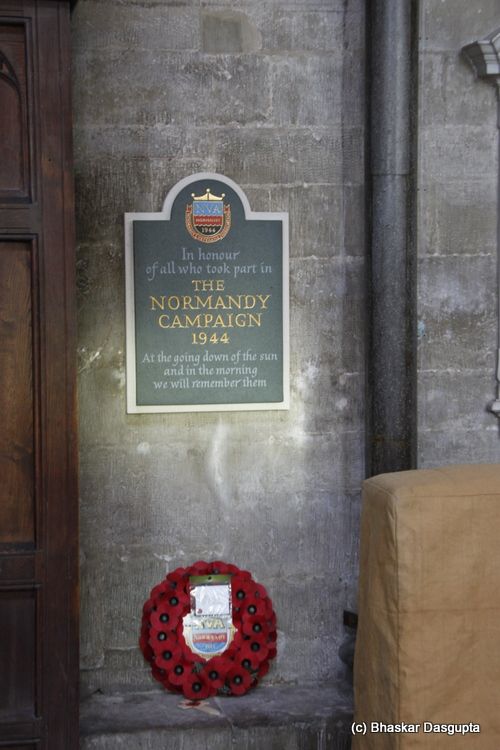
War memorials with the evocative words. 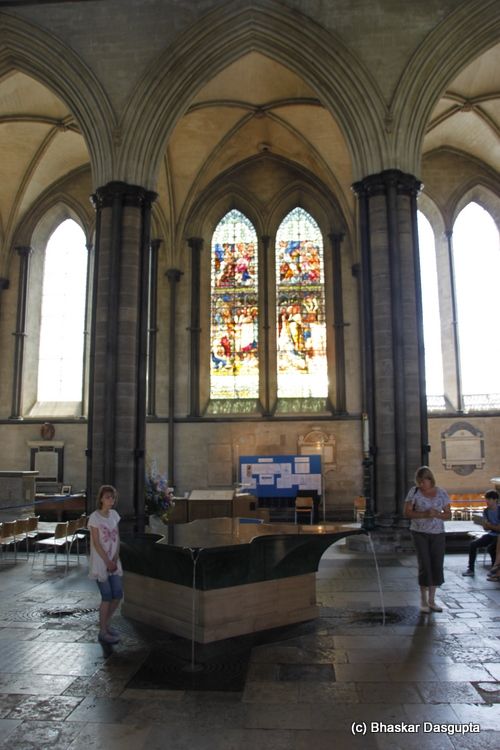
This is one of the most exquisite fountains that I have seen. Very quiet, very nice, very mirrored. Beautiful. 
The water flows over the lip into these drains. 
The reflection of the window on the mirrored surface of the fountain. 
This officer died on the Somme. 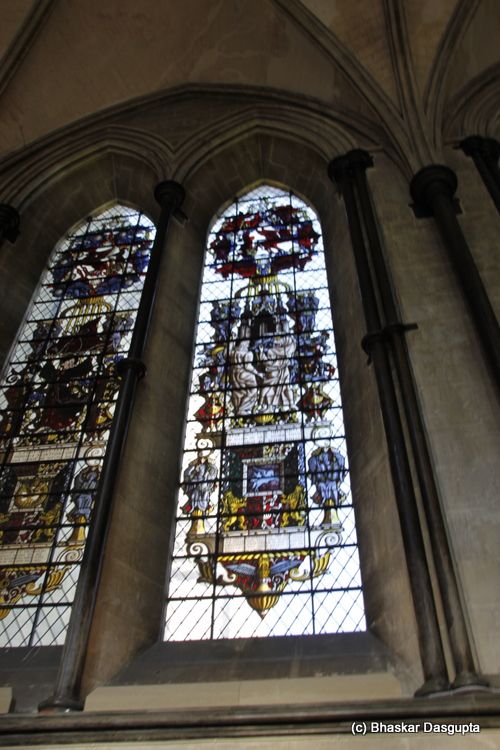

The stained glass window on top is a memorial to the glider pilots who served in World War 2 between 1942 and 1945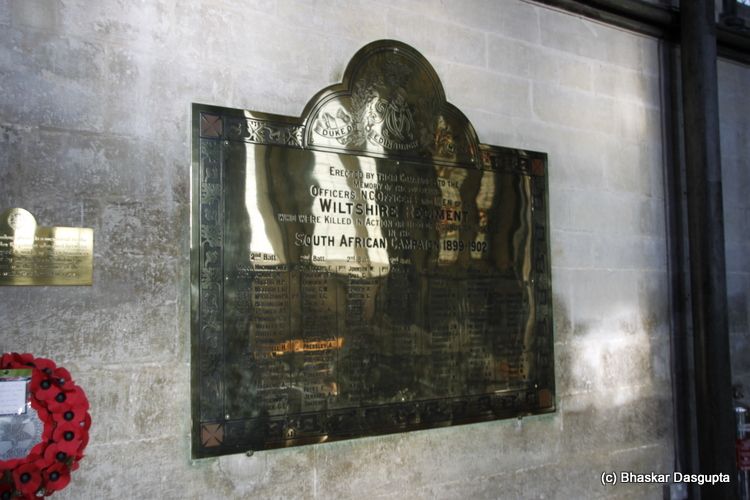
Another plaque commemorating the people from the Wiltshire Regiment who died in the South African Campaign 1899-1902. The Second Boer War. Sad state, this is the war which gave rise to Concentration Camps and scorched earth. Not the finest hour for the British, I am afraid. 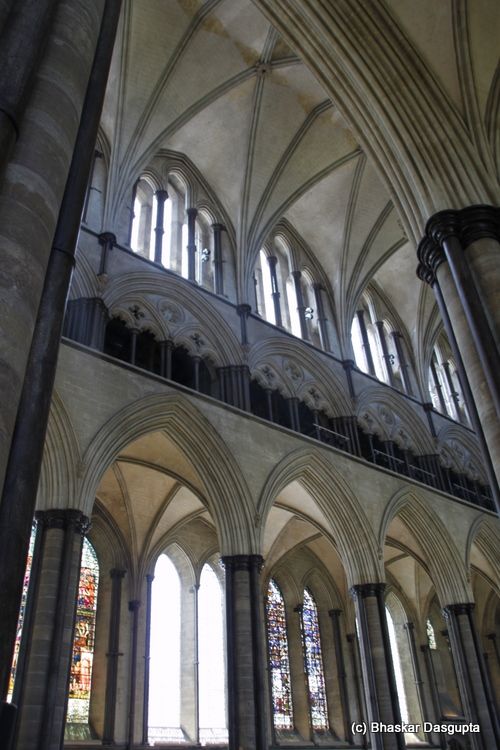
Looking across to the other side of the church. 
Peering back at where I came from. 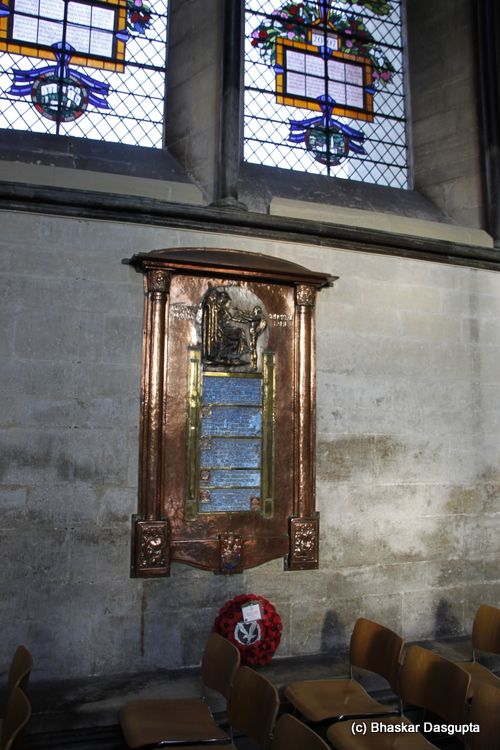
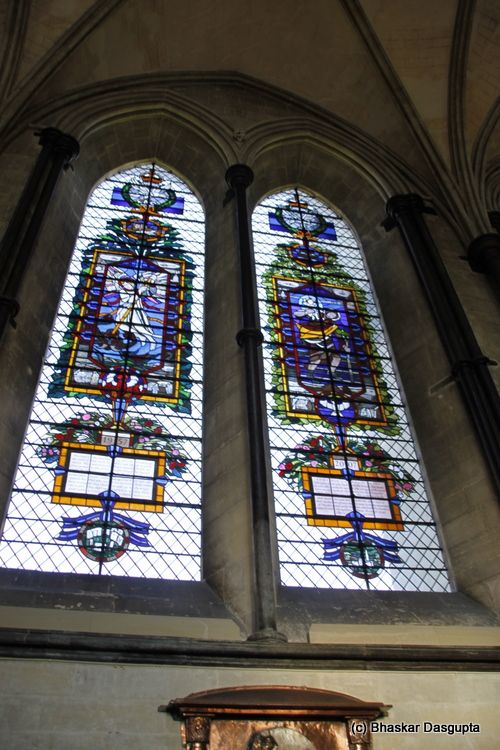
Another war memorial with a stained glass window relating to this. 
The effigy and tomb of Sir John de Montacute who fought at Crecy 1346 and Poiiers 1356. And was the steward to King Richard II, died in 1389AD. Big man indeed. Big man. 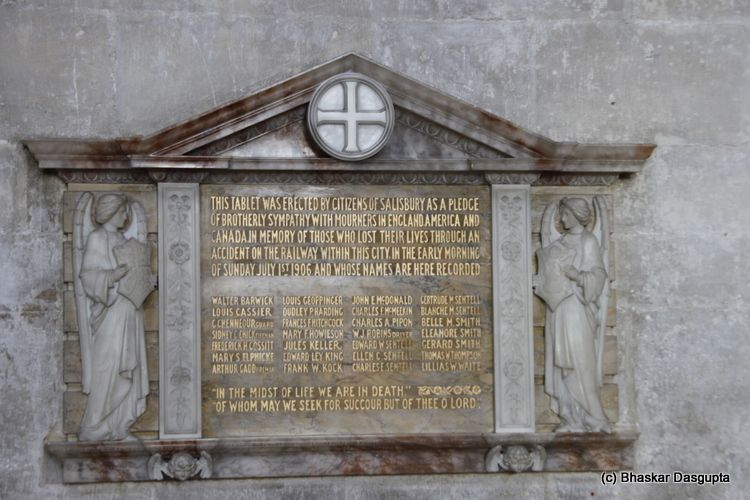
A memorial to the people who died on 1st July 1906 in a railway accident here in Salisbury. 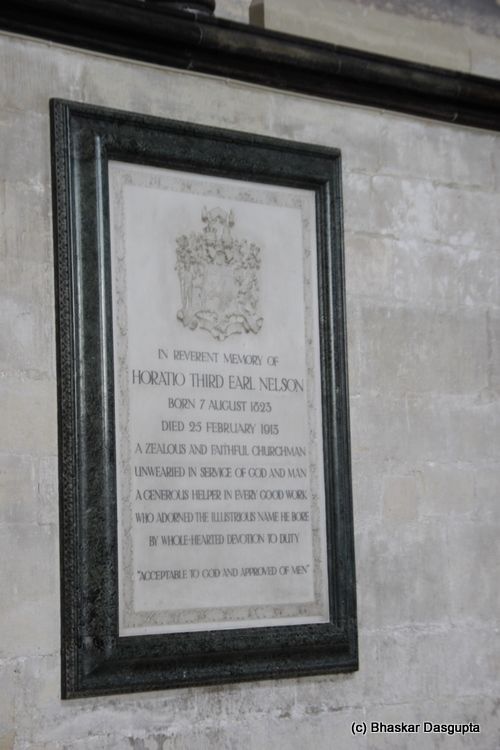
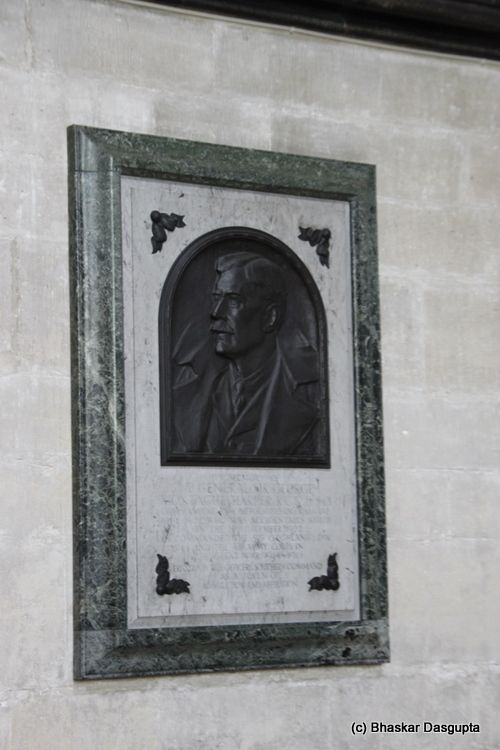
A plaque to Horatio 3rd Earl Nelson. 
A massive banner on the pillar. 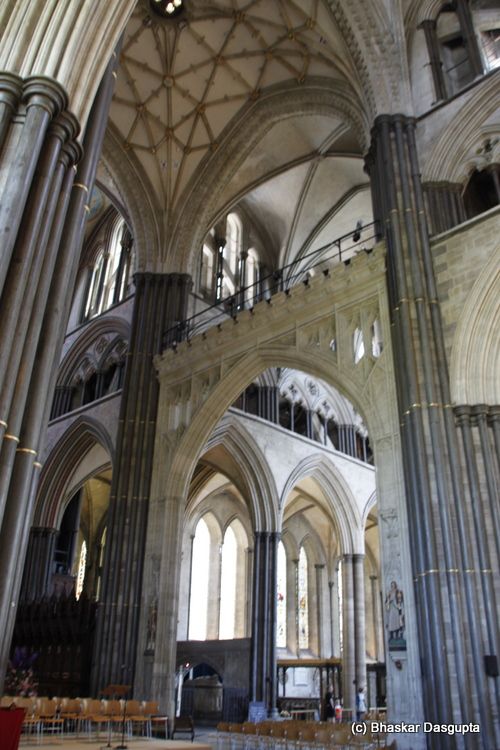
Coming to the centre of the church.
The tomb of Lord John Cheney, Bailiff to the Bishops. Another big man, died in 1499. 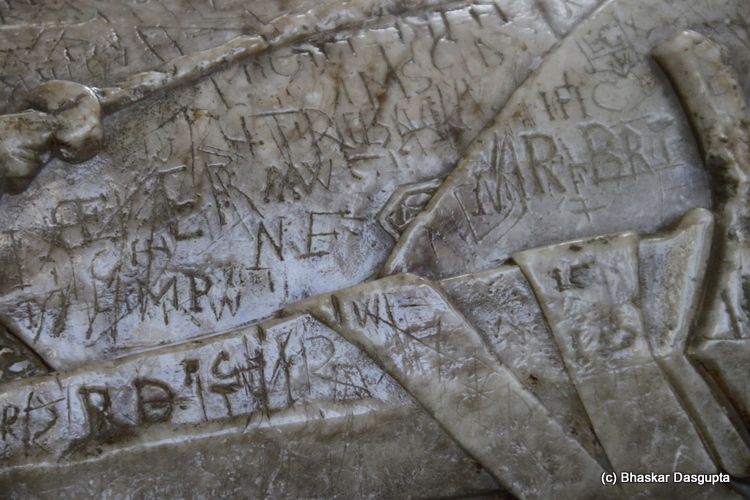
The tomb is scratched with graffiti. 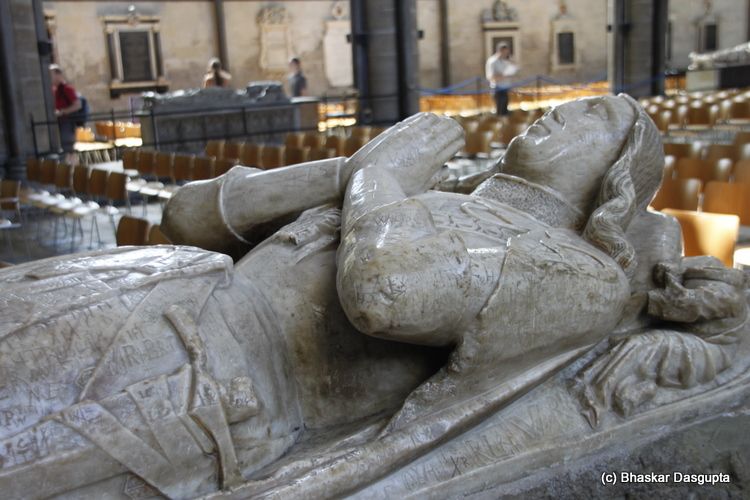
Praying for eternity. 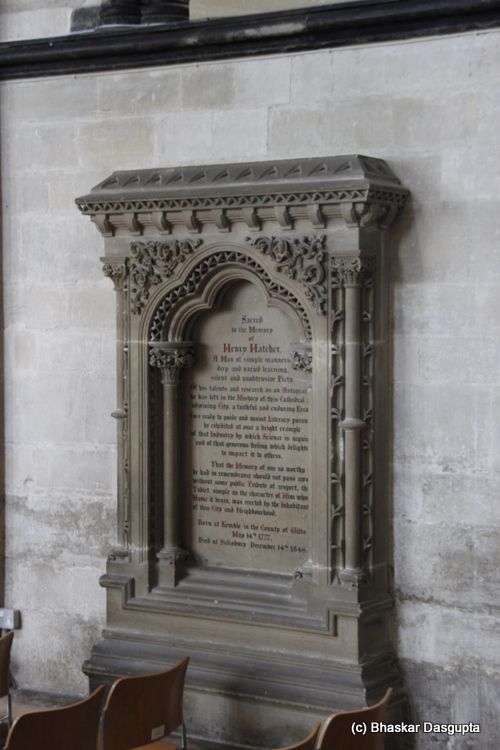
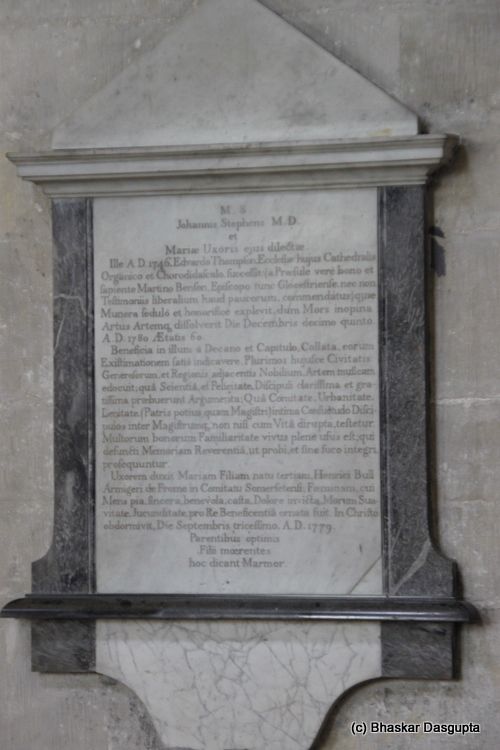
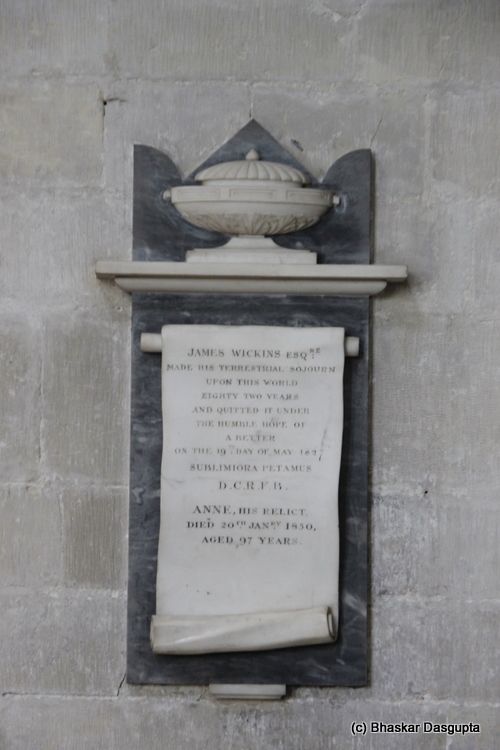
Some more plaques on the wall. Next is the left hand side of the nave.

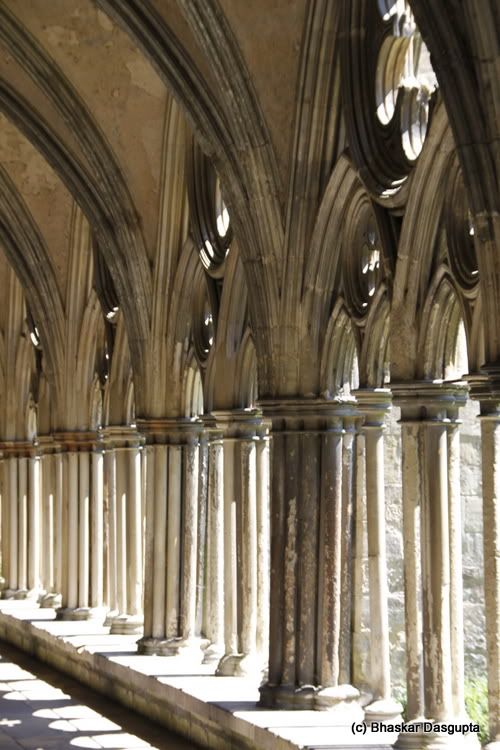

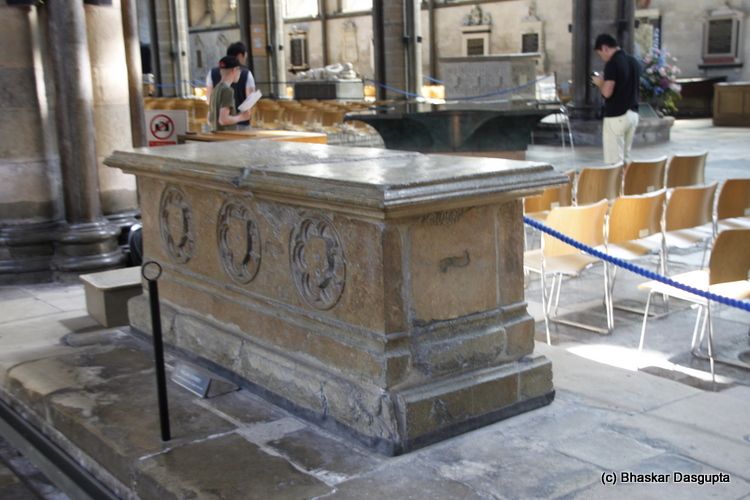

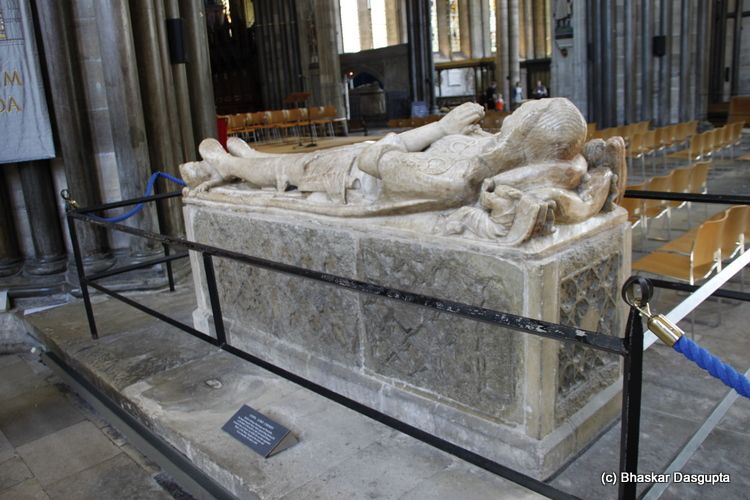

No comments:
Post a Comment